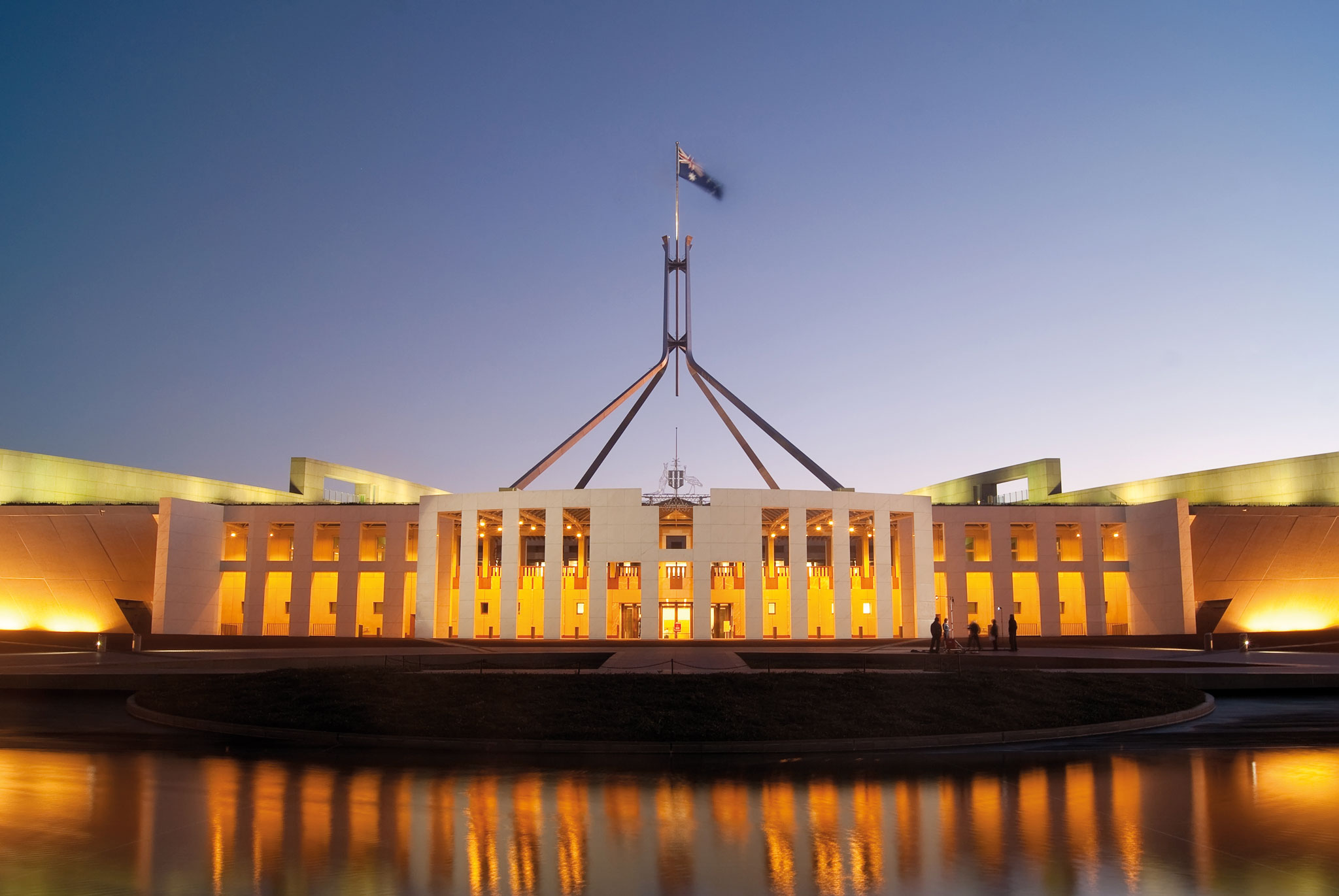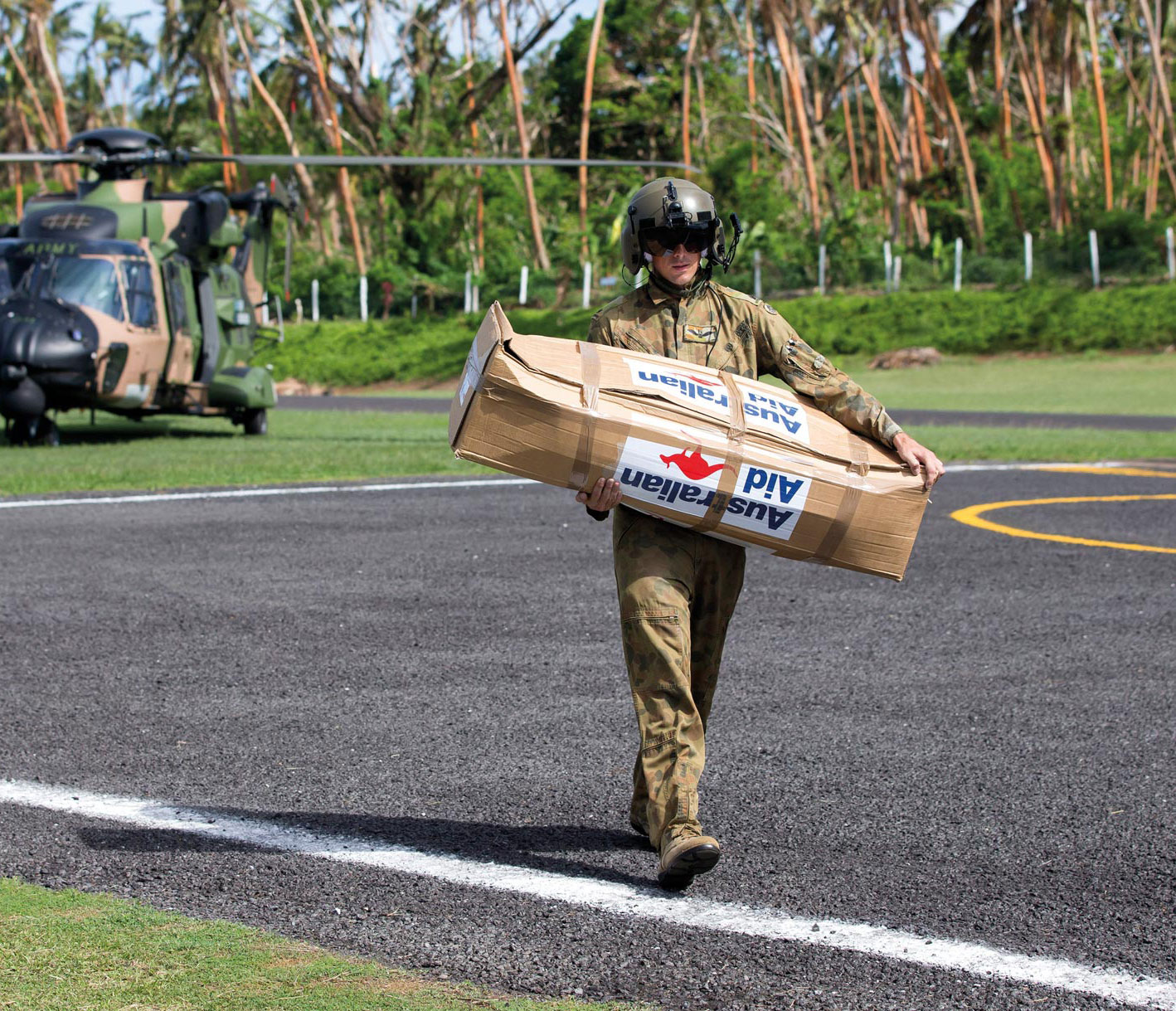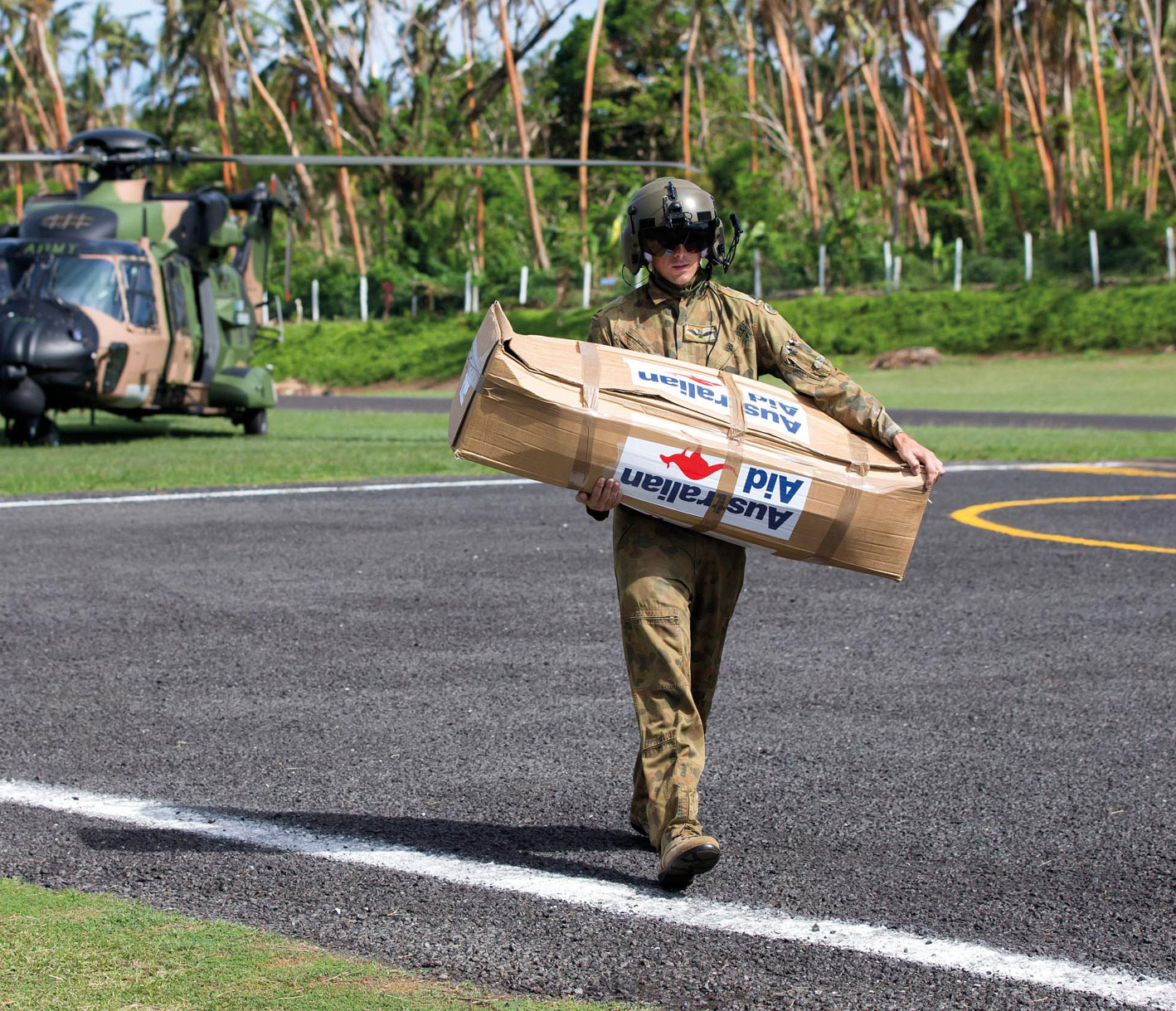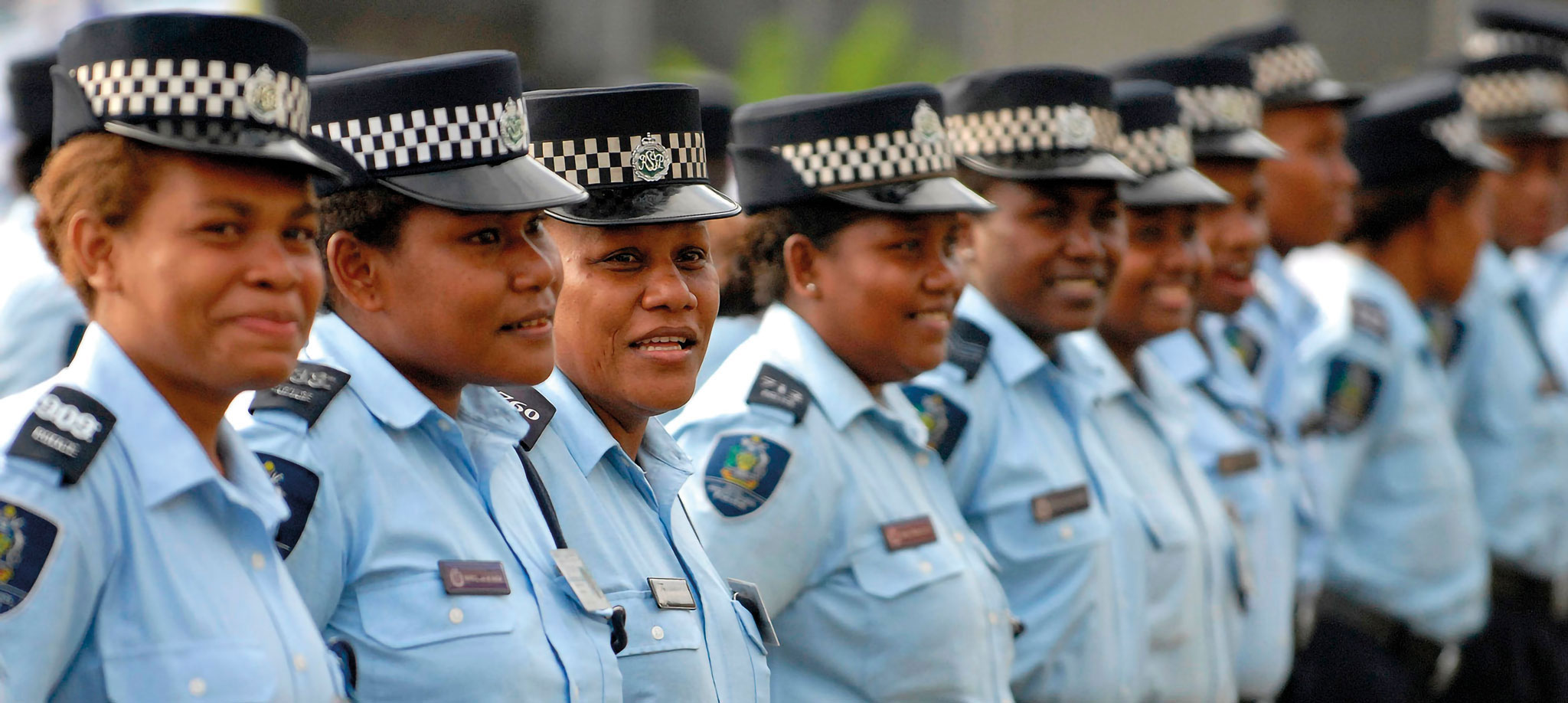The threat from terrorism will remain high and could worsen over the decade. There are now more Islamist extremists from more countries active in more places than ever before. Extremists will continue to exploit fragile and violence-prone states, including in Southeast Asia, for safe havens and to build skills. Globally, terrorism will add to instability and drive international security interventions, especially in the Middle East and Africa.
Communications technology allows extremists to inspire or direct attacks remotely, often through encrypted means, underlining the complexity and unpredictability of the risks we face. New technologies could make it easier for terrorists to make advanced biological or chemical warfare agents.
Recent attacks and disruptions in Australia highlight the dynamic nature of the extremism challenge. With the conflicts in Syria and Iraq having energised Islamist extremists at a level not seen before, these threats will have a generational impact.
Extremist narratives will continue to inspire violence globally, even as the so-called Islamic State (ISIL) loses ground in Iraq and Syria. Al Qa’ida retains the intent to conduct attacks against western interests. Other groups are likely to emerge. The security and stability of Afghanistan will continue to be vital in containing the threat from international terrorism.
The terrorism threat in Southeast Asia is increasing because of links between local extremists and terrorist groups such as ISIL, with the situation in the southern Philippines of pressing concern. We must plan on the basis that a mass casualty attack against western targets in Southeast Asia will take place.














